Uncategorised
+ more newsIOCCP-related peer review papers
Thursday, 14 March 2013
|
JOURNAL ARTICLES |
|
|
EOS ARTICLES |
|
| WHITE PAPERS |
Relevant OceanObs'19 Community White Papers
Relevant OceanObs'09 Community White Papers
|
Related Projects and Programs
Monday, 11 February 2013
The IOCCP coordinates a highly diverse set of ocean carbon activities (e.g. ocean acidification, repeat hydrography, underway pCO2, surface and interior ocean synthesis activities, data products, standards and methods) through extensive collaboration with the scientific community via scientific steering committees of related projects, dialogue with national and international organizations, and organizing international scientific workshops, and expert meetings. Some of the national and international research and observation programs that IOCCP works most closely with to promote and document the development and status of a sustained ocean carbon observing system are listed below. This list is by no means exhaustive and projects are listed in no particular order.
 |
Scientific Committee on Oceanic Research
|
|
|
Global Ocean Observing System |
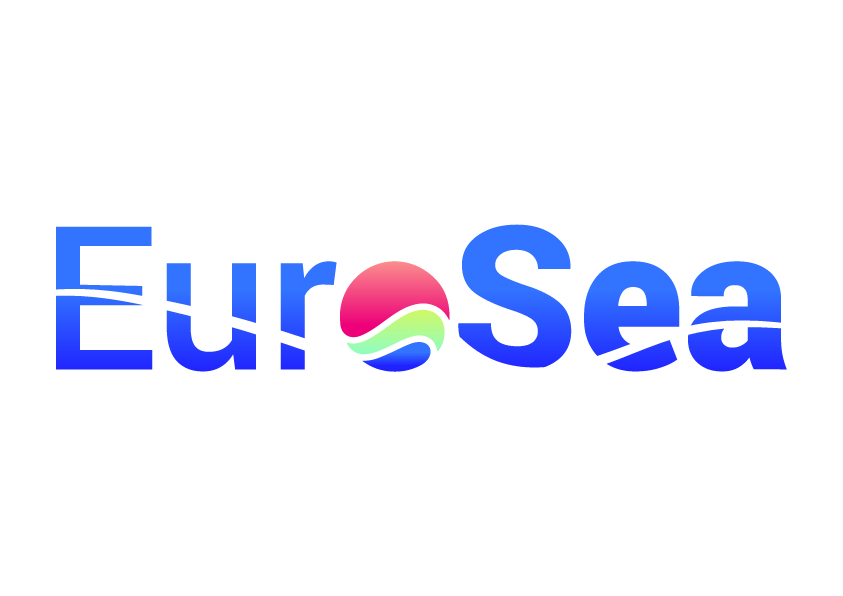 |
EU H2020 Project EuroSea: Improving and integrating European ocean observing and forecasting systems for sustainable use of the oceans |
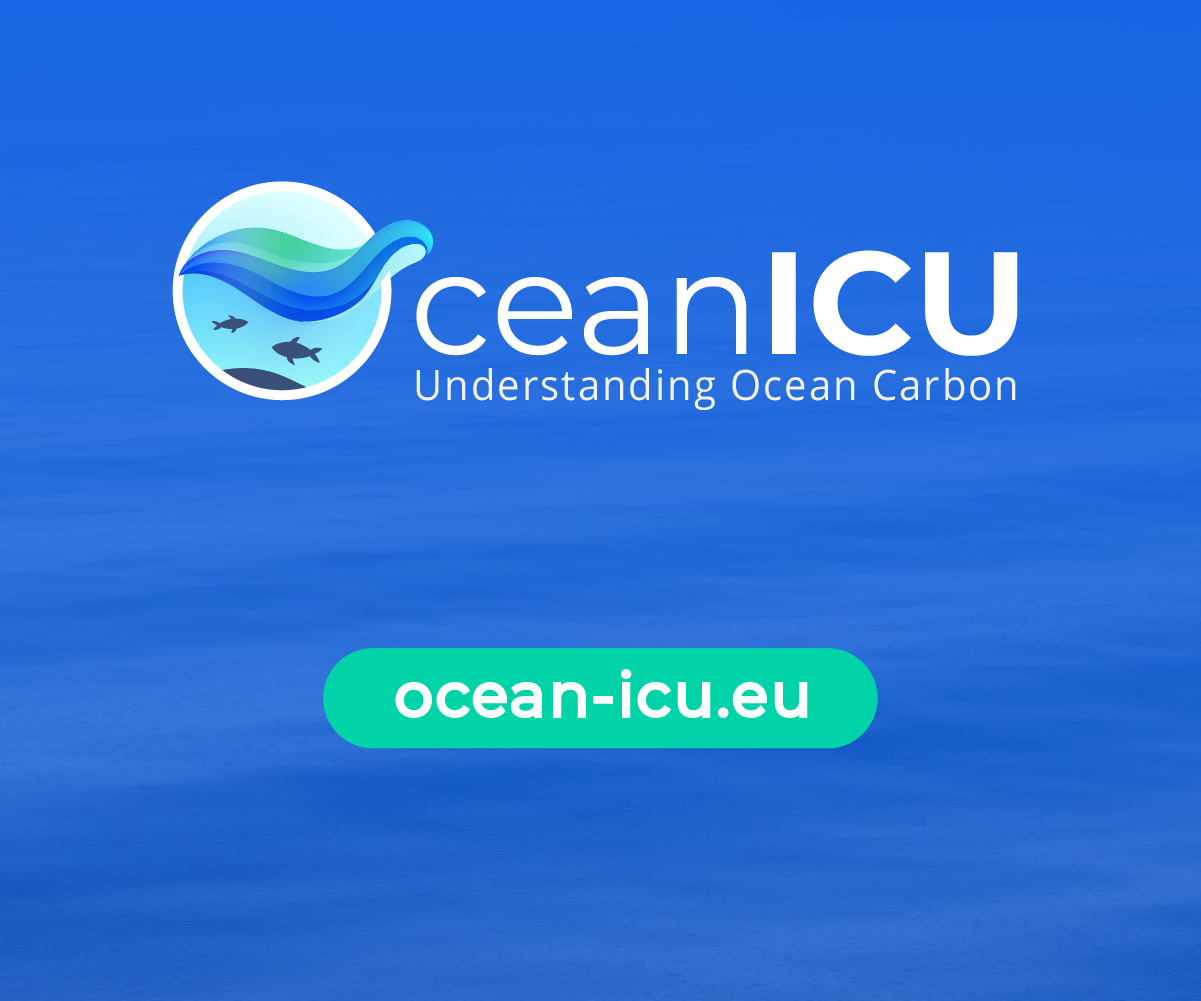 |
Understanding Ocean Carbon
|
|
|
Global Climate Observing System |
|
|
Joint Technical Commission for Oceanography and Marine Meteorology Observations Coordination Group |
|
|
Ocean Observations Panel for Climate |
 |
|
 |
Surface Ocean CO2 Atlas |
 |
Surface Ocean pCO2 Mapping Intercomparison |
 |
Global Ocean Data Analysis Project |
|
The All-Atlantic Ocean Observing System Program |
|
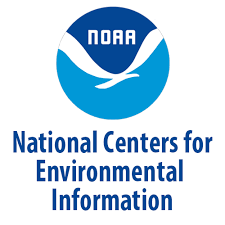 |
NOAA NCEI NOAA's National Centers for Environmental Information |
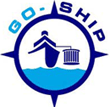 |
The Global Ocean Ship-Based Hydrographic Investigations Program
|
 |
Global Ocean Acidification - Observing Network |
 |
U.S. Ocean Carbon and Biogeochemistry Program |
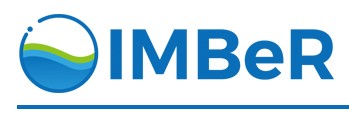 |
IMBeR Integrated Marine Biosphere Research |
|
|
SOLAS Surface Ocean - Lower Atmosphere Study |
 |
Climate and Ocean - Variability, Predictability, and Change |
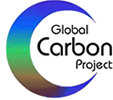 |
GCP Global Carbon Project |
 |
|
 |
International Group for Marine Ecological Time Series |
 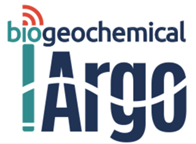 |
|
|
COMPONUT
|
Towards comparability of oceanic nutrient data |
 |
Souther Ocean Carbon and Climate Observations and Modeling |
|
Tropical Pacific Observing System 2020 Project |
|
 |
Alliance for Coastal Technologies |
Global Ocean Acidification Observing Network
Monday, 11 February 2013
The need for coordinated, worldwide information-gathering on ocean acidification and its ecological impacts is now widely recognized.

Building on the first international meeting to focus on this issue, held at the University of Washington, Seattle in June 2012, a second workshop to plan a global observing network for ocean acidification was held at St Andrews, UK, 24-26 July 2013. A total of 87 participants from 26 countries and 4 international bodies attended. Support was provided by the UK Ocean Acidification research programme, the IOCCP; the Ocean Acidification International Coordination Centre, the UK Science & Innovation Network, the NOAA Ocean Acidification Program, the Global Ocean Observing System Project Office, the Intergovernmental Oceanographic Commission of UNESCO, and the University of Washington. The workshop was hosted by the University of St Andrews and followed the UKOA Annual Science Meeting, when around 100 researchers from the UK programme discussed their recent findings.
At the end of the St Andrews workshop, the participants declared the Global Ocean Acidification Observing Network (GOA-ON) to be “established”, with a preliminary governance structure. Thus it was decided that, until a more formal arrangement is made, the organizing committee of the 2nd workshop would provide the basis for the GOA-ON Executive Council (see below for members). The main national and international entities directly represented on the Executive Council are expected to continue to provide both in-kind and direct support for GOA-ON organizational activities, including future meetings and staff involvement, with additional support potentially available for training, technological infrastructure and other forms of capacity building.
The St Andrews workshop website was hosted by NOAA Pacific Marine Environmental Laboratory, matching the GOA-ON site developed for the 2012 meeting in Seattle. A new, integrated GOA-ON website is now finalized and will be updated with all relevant developments. This website include the latest version of the interactive map of global OA-related observing activities, as developed by Cathy Cosca with input from many global partners. The map represents the best information available on the current inventory of global OA observing, and provides a tangible means for increasing awareness and coordination between network partners and others with interests.
The St Andrews workshop successfully built on previous progress; in particular, the report “Toward a Global Ocean Acidification Observing Network” (available here). The overarching goal of the second meeting was to refine the vision for the structure of GOA-ON, with emphasis on standardizing the monitoring of ecosystem impacts of OA (see Goal 2 below) in shelf and coastal seas. The main product from St Andrews will be the GOA-ON Plan, due for release in January 2014. This will cover broad concepts as well as details on how to meet the network’s three high level goals, initially identified in 2012. These comprise:
Goal 1 Provide an understanding of global OA conditions:
o Determine status of and spatial and temporal patterns in carbon chemistry, assessing the generality of response to OA
o Document and evaluate variation in carbon chemistry to infer mechanisms (including biological mechanisms) driving OA conditions
o Quantify rates of change, trends, and identify areas of heightened vulnerability or resilience.
Goal 2 Provide an understanding of ecosystem response to OA:
o Track biological responses in concert with physical/chemical changes
o Quantify rates of change and identify locations as well as species of heightened vulnerability or resilience.
Goal 3 Provide data necessary to optimize modeling for OA:
o Provide spatially and temporally resolved biogeochemical data for use in parameterizing and validating models including initial and boundary conditions.
The St Andrews workshop focused on the optimal observing systems to detect ecosystem impacts of OA in various, large scale ecosystem types, including Tropical Regional Seas, Temperate Regional Seas, Polar Regional Seas, Warm and Cold-water Corals, and Nearshore, Intertidal and Estuarine Habitats. This is a developing effort, and there may be need for further workshops to finalize detailed protocols for OA-relevant biological observing on a habitat- or regionally-specific basis. The potential scope for such biological observing is extremely wide, and it is therefore essential that GOA-ON builds on, and works in close liaison with, the Global Ocean Observing System and its Framework for Ocean Observation, currently in preparation through biogeochemical, biological and coastal panels.
In addition to giving information and guidance on observing approaches appropriate to the three main goals, the GOA-ON Plan will also set out:
- the proposed GOA-ON governance structure, summarized diagrammatically above on the basis of main linkages
- the groundwork for international OA data sharing arrangements, based on defined data and metadata standards, and open access to observing data.
The following representatives of the community formed the first GOA-ON Executive Council:
Co-chairs: Phillip Williamson (UK – UKOA/NERC), Libby Jewett (US - NOAA).
Members: Richard Bellerby (Norway - NIWA), Chen-Tung Arthur Chen (Taiwan – National Sun Yet-Sen University), Richard Feely (US – NOAA, IOCCP), Albert Fischer (GOOS), Lina Hanssen (OA-ICC), Jeremy Mathis (US – NOAA), Petro Monteiro (South Africa - CSIR), Jan Newton (US – University of Washington/IOOS), Yukihiro Nojiri (Japan – NIES), Maciej Telszewski (IOCCP), Bronte Tilbrook (Australia – CSIRO), Jorge Luis Valdes (IOC).
Surface Ocean
Thursday, 07 February 2013
|
Net CO2 absorption by the world’s oceans is known to benefit human-kind by reducing the concentration of this greenhouse gas in the atmosphere, but the increase in ocean carbon also causes ocean acidification endangering marine organisms. Knowledge of year-to-year and decadal changes in oceanic CO2 uptake are essential for assessing the feedbacks between climate change and the ocean carbon cycle.
|
Responsible SSG Member |
SOCAT mascot will take you to the SOCAT website
Ocean Interior
Thursday, 07 February 2013
|
It is our great pleasure to announce the release of a new interior ocean carbon relevant data product: GLobal Ocean Data Analysis Project version 2, GLODAPv2!
GLODAPv2 includes all data from the original GLODAP, data from CARINA and PACIFICA, and data from 168 new cruises – all in all data from 724 cruises covering 1972 to 2013.
All data included in GLODAPv2 have been evaluated for measurement bias and adjusted appropriately, using a consistent method. The end result is the most comprehensive and rigorously quality controlled ocean interior data product for marine biogeochemistry studies.
GLODAPv2 consist of three elements:
Analysis of GLODAPv2 parameters will allow for quantitative assessment of biogeochemical changes and feedbacks between climate change and the ocean system. GLODAPv2 is the result of a multi-year global team effort funded by EU-IP CARBOCHANGE, US NSF, US-NASA, US DOE, the SCOR-IOC International Ocean Carbon Coordination Project (IOCCP) and many other projects, programs and organisations.
The procedures and results are extensively documented in:
Olsen, A., R. M. Key, S. van Heuven, S. K. Lauvset, A. Velo, X. Lin, C. Schirnick, A. Kozyr, T. Tanhua, M. Hoppema, S. Jutterström, R. Steinfeldt, E. Jeansson, M. Ishii, F. F. Pérez & T. Suzuki: An internally consistent data product for the world ocean: the Global Ocean Data Analysis Project, version 2 (GLODAPv2), Earth System Science Data Discussions, doi:10.5194/essd-2015-42, in review, 2016
Lauvset, S. K, R. M. Key, A. Olsen, S. van Heuven, A. Velo, X. Lin, C. Schirnick, A. Kozyr, T. Tanhua, M. Hoppema, S. Jutterström, R. Steinfeldt, E. Jeansson, M. Ishii, F. F. Pérez, T. Suzuki & S. Watelet: A new global interior ocean mapped climatology: the 1°x1° GLODAP version 2, Earth System Science Data Discussions, doi:10.5194/essd-2015-43, in review, 2016
Key, R. M, A. Olsen, S. van Heuven, S. K. Lauvset, A. Velo, X. Lin, C. Schirnick, A. Kozyr, T. Tanhua, M. Hoppema, S. Jutterström, R. Steinfeldt, E. Jeansson, M. Ishii, F. F. Perez, and T. Suzuki, 2015, Global Ocean Data Analysis Project, version 2 (GLODAPv2), ORNL/CDIAC-162, NDP-093, Carbon Dioxide Information Analysis Center, Oak Ridge National Laboratory, Oak Ridge, Tennessee, US.
BACKGROUND ON OCEAN INTERIOR DATA EFFORTS
Synthesis of ocean interior carbon and carbon-relevant data has been supported by IOCCP since the beginning of the project. Such data are of fundamental importance for accurate assessments of oceanic carbon inventories and uptake rates and for model validation. Over time, three efforts were initiated: GLODAP(v1.1), CARINA and PACIFICA.
All follow rigorous and ever-improving data quality control (QC) procedures to assure the highest possible internal data quality and consistency with other efforts. Key members of the international marine CO2 community over the past 4 years were assembling the new global carbon data product, Global Ocean Data Analysis v2 (GLODAPv2). This product assembles all past carbon and carbon-relevant data products covering interior ocean into one harmonized data package. Specifically the data from the previously assembled products CARINA, GLODAP v1.1 and PACIFICA. Additionally data from almost two hundred ”new” cruises were added to this collection. IOCCP continues to support this challenging effort.
|
Responsible SSG Member |
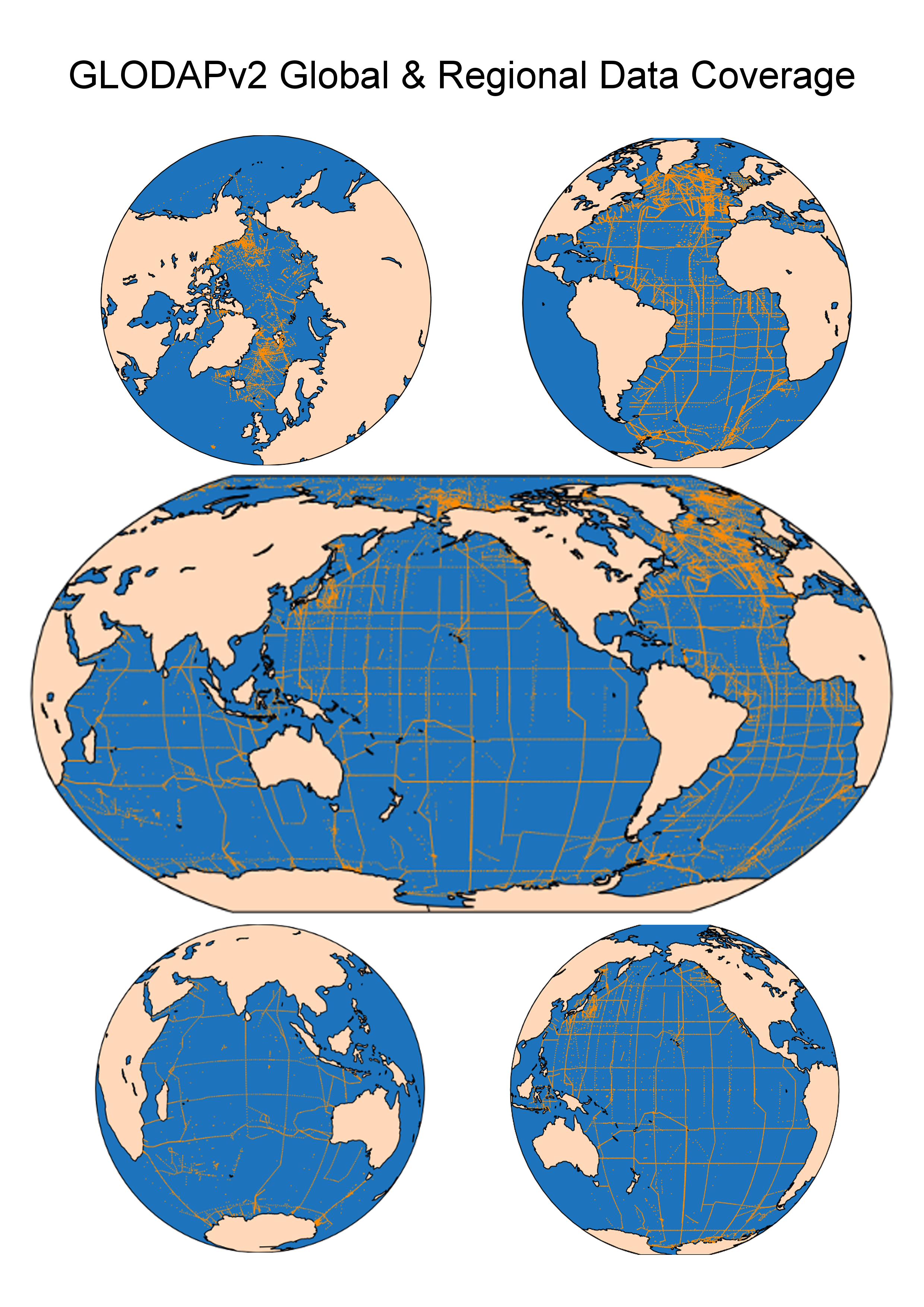
|
GLobal Ocean Data Analysis Project The GLobal Ocean Data Analysis Project (GLODAP) is a cooperative effort to coordinate global synthesis projects funded through the U.S. National Oceanic and Atmospheric Administration (NOAA), the U.S. Department of Energy (DOE), and the National Science Foundation (NSF) as part of the Joint Global Ocean Flux Study - Synthesis and Modeling Project (JGOFS-SMP).
Cruises conducted as part of the World Ocean Circulation Experiment (WOCE), JGOFS, and the NOAA Ocean-Atmosphere Exchange Study (OACES) over the decade of the 1990s have created an oceanographic database of unparalleled quality and quantity. These data provide an important asset to the scientific community investigating carbon cycling in the oceans.
The central objective of this project is to generate a unified data set to help determine the global distributions of both natural and anthropogenic inorganic carbon, including radiocarbon. These estimates provide an important benchmark against which future observational studies will be compared. They also provide tools for the direct evaluation of numerical ocean carbon models.
Atlantic ocean Carbon Synthesis group This project was initiated at the IOCCP-CarboOcean Initial Atlantic Ocean Carbon Synthesis Meeting, June 28-30 2006, Laugarvatn, Iceland. The meeting brought together 23 participants from 9 countries with expertise ranging from ship-based hydrography and carbon measurements, physical oceanography, surface pCO2 variability, CFC and tracer measurements, O2 on profiling floats, modeling, and data synthesis and management. During the meeting it was decided that the CARINA (Carbon in the Atlantic) data synthesis should be extended to include the Arctic and Southern Oceans. The Workshop participants developed three coordinated synthesis groups and a common data module:
These groups met three times after the Iceland meeting; in Kiel, Germany (March 2007), Delmenhorst, Germany (December 2007) and Paris, France (June 2008) to tune the methodology and evaluate the results. Further more, an interactive website was developed that allowed the different investigators to upload and view results of the synthesis.
By the end of 2008, the CARINA secondary quality control was finalized. After this the individual cruise data in WOCE exchange format, as well as three merged data products, were published on CDIAC (CARINA at CDIAC) and on CCHDO (CARINA at CCHDO). Working documents, and updates on follow-up activities are also available from the CDIAC website. In addition to these data, an ODV collection and Matlab routines to facilitate reading the data was added to the CIDAC site. The documentation of the CARINA project is primarily done through 20 articles published in a special issue in Earth System Science Data.
|
North Pacific Carbon Synthesis Group This synthesis activity was launched with a workshop entitled “Understanding North Pacific Carbon-Cycle Changes: A Data Synthesis and Modeling Workshop”, held in Seattle in June 2004. This workshop was sponsored by NOAA's Global Carbon Cycle Program with additional support from the North Pacific Marine Science Organization (PICES), The Global Carbon Project (GCP), and the University of Washington Program on Climate Changes (UWPCC). This workshop addressed 3 primary questions:
1. How are air-sea CO2 fluxes in the North Pacific affected by different modes of variability? 2. How and why are the North Pacific distribution patterns of carbon, nutrients and oxygen in the water column changing with time? 3. What are the requirements for detecting a climate change signal in the North Pacific carbon cycle?
A special section of the Journal of Geophysical Research entitled “North Pacific Carbon Cycle Variability and Climate Change” was published in 2006 (C. Sabine and N. Gruber, guest editors, Introduction doi:10.1029/2006JC003532).
In 2005 this international collaboration was further formalized with the formation of the PICES Section on Carbon and Climate. The CC-S terms of reference (adopted November 2005, revised April 2008) are to:
1. Coordinate and encourage ongoing and planned national and international syntheses of carbon cycle research studies in the North Pacific and, where necessary and appropriate, for the larger Pacific basin; 2. Ensure effective two-way communication with other international scientific groups that have a responsibility for the coordination of ocean carbon studies, such as the International Ocean Carbon Coordination Project (IOCCP), CLIVAR/CO2 Repeat Hydrography and the SOLAS/IMBER implementation group for carbon research; 3. Review the existing information on carbon cycling in the North Pacific, including anthropogenic carbon, the biological pump, impacts of ocean acidification on marine biota, and possible feedbacks to atmospheric greenhouse gases; identify gaps in our knowledge, and make prioritized recommendations for future research; 4. Periodically review the status of the methodology of CO2 measurements, including the preparation of standards and reference materials, and advise on inter-calibration and quality control procedures; 5. Identify suitable data sets on the oceanic CO2 system in the Pacific region as they become available, and recommend the mechanisms of data and information exchange; 6. Carry out and publish (in the refereed literature) basin-scale syntheses of carbon cycling in the North Pacific, including new data whenever appropriate, and encourage scientific interpretation of these evolving data sets; 7. Organize symposia, workshops, or Annual Meeting sessions on the carbon cycle, ocean acidification, and climate studies in the North Pacific.
Pursuant to the TOR (particularly 1 and 6), a major data synthesis effort is now underway. This project is known as PACIFICA and is coordinated by M. Ishii (Japan) and R. Key (United States). This project has adopted many of the methodologies developed by CARINA in the Atlantic and is expected to be completed in early 2013.
|
|
Time-Series Efforts
Thursday, 07 February 2013
|
Biogeochemical time-series programs were established to study long-term processes such as climate-driven changes in biogeochemistry, community structure, ecosystem changes and natural or anthropogenic changes in the ocean carbon cycle. They provide the oceanographic community with the multi-year, high-quality data needed for characterizing ocean biogeochemistry and ecosystem variability, and represent one of the most valuable tools scientists have to characterize and quantify ocean carbon fluxes and their associated links to changing climate.
Time-series sites, especially those that require significant ship-time, are expensive and require long-term national and international commitments. Showing that these time-series sites contribute to a larger international network can help justify the investments that nations are making in these projects. It is also critical to maintain and improve synergies among sites, to facilitate research proposals utilizing the established facilities and to maximize the use of these platforms and the information they produce. The IOCCP, together with partner programs and organizations, works to develop a global network of biogeochemical time-series with community best practices and regular data products that inform global and regional assessments. It also provides resources, coordination and a communication forum for the time-series community.
From: Discover Ocean Time Series (2015) by IGMETS (https://igmets.net) (IOC/BRO/2015/13) |
GLOBAL
Responsible SSG Member
REGIONAL
Responsible SSG Member
|
|
Time Series Stations |
|
|
Past WORKSHOPS
|
|
Framework for Ocean Observing
Thursday, 07 February 2013
|
A key recommendation from the OceanObs’09 Conferenceheld in Venice in September 2009 was for international integration and coordination of interdisciplinary ocean observations. Based on impressive agreement among the many groups present and their strong desire to work collectively, the sponsors commissioned a Task Team to develop an Integrated Framework for Sustained Ocean Observing (hereafter referred to as the FOO). The FOO was published in May 2012 and the implementation process started shortly after.
As the community is gearing up for the forthcoming OceanObs'19 Conference, there is a set of EOVs spanning all three disciplinary panels already established (www.goosocean.org/eov). An overview article documenting the multi-stage process of selecting the final list of EOVs is currently being drafted by the GOOS Expert Panels. Moreover, strong efforts to harmonize the work of three panels have been made to ensure that the vision of a truly multidisciplinary GOOS is gradually being realized.
Below you can find the current (August 2017) version of the Biogeochemistry EOVs. While these documents are being continuously improved, public release of updated versions is planned no more frequently than on an annual basis.
Comments, inputs, edits and any other types of interaction are welcome! Please direct your communications to the IOCCP Chairs and Project Office at ioccp[at]ioccp.org.
|
Responsible IOCCP Director
|
||
GOOS Biogeochemistry
Essential Ocean Variables (EOVs)
Specification Sheets (version: 25.08.2017; Ocean Colour added on 24.09.2018)
|
|
|
*You can download all GOOS EOV Specification Sheets (Physics & Climate, Biogeochemistry, Biology & Ecosystems) from www.goosocean.org/eov.
Towards the OceanObs'19 Conference
The next steps for FOO implementation have also been undertaken using the EOV concept. This includes most notably the recently held workshop on Implementation of Multidisciplinary Sustained Ocean Observations (IMSOO; for details and report click here), 8-10 February 2017, Miami, FL, USA. The workshop resulted in drafts of project implementation strategies developed under three 'demonstration themes': (i) plankton community changes, (ii) oxygen minimum zones, and (iii) open ocean, shelf and coastal ocean exchanges. First tangible outcomes of these proposed projects could emerge just in time to be highlighted at the OceanObs'19 Conference.
With the set of Biogeochemistry EOVs in place, we initiated efforts to set observing targets for the biogeochemical ocean observing system. As part of the AtlantOS project, which itself can be seen as basin-scale implementation of the FOO, IOCCP ran a prototype workshop on 29 November - 1 December 2016 in Sopot, Poland, during which phenomena-based targets for the observing system were discussed and proposed. The concept of optimally designing the multidisciplinary, multi-platform observing system based on the characteristics of key ocean phenomena to capture is challenging but lies at the heart of the FOO. Furthermore, it is very much complementary to the traditional approach of setting targets per observing network, e.g. through key performance indicators (KPIs).
In a recent ![]() AtlantOS deliverable report on "Capacities and Gap Analysis" (co-authored by IOCCP), AtlantOS partners took up the challenge of analysing the current capacities and gaps of all three disciplinary components of the Atlantic Ocean Observing System (OOS). This task was unprecedented due to the very different levels of "maturity" in setting societal requirements for designing and carrying out sustained measurements of physical, biogeochemical and biological phenomena and the EOVs needed to observe and model them. Following up on an earlier integrated look at the societal requirements across the three disciplines, the report outlines a strategy towards a comprehensive capacity and gap analysis of the OOS, and as such, marks another significant step towards regional as well as global implementation of the FOO.
AtlantOS deliverable report on "Capacities and Gap Analysis" (co-authored by IOCCP), AtlantOS partners took up the challenge of analysing the current capacities and gaps of all three disciplinary components of the Atlantic Ocean Observing System (OOS). This task was unprecedented due to the very different levels of "maturity" in setting societal requirements for designing and carrying out sustained measurements of physical, biogeochemical and biological phenomena and the EOVs needed to observe and model them. Following up on an earlier integrated look at the societal requirements across the three disciplines, the report outlines a strategy towards a comprehensive capacity and gap analysis of the OOS, and as such, marks another significant step towards regional as well as global implementation of the FOO.
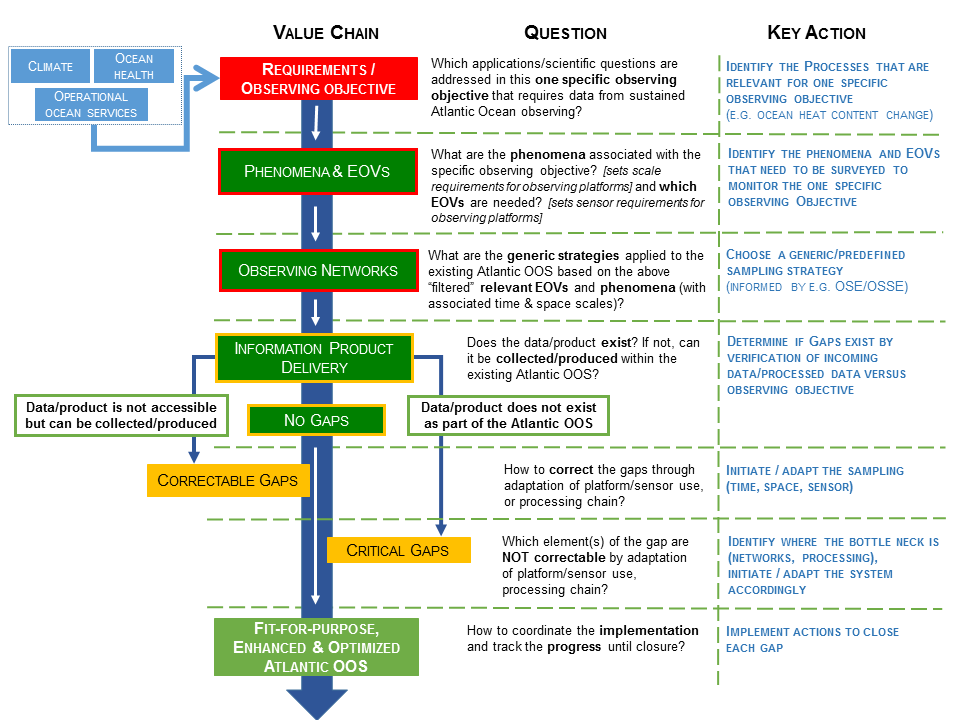
Stages of the value chain of the Ocean Observing System, following the FOO approach.
History of the BGC EOV development process
Due to its extensive expertise in coordination of ocean carbon observations, the IOCCP was asked in early 2012 by the FOO Task Team to lead the GOOS Biogeochemistry Panel. The IOCCP developed a 4-step work plan leading to the initial assessment of the existing observing network. The IOCCP has compiled the available information on societal and scientific requirements regarding the marine biogeochemistry parameters necessary for inclusion into the FOO as EOVs. The next step involved consulting with programmatic and institutional partners on their requirements for the multidimensional feasibility assessment of the proposed parameters. Observing, modeling and sensor/instrument developing communities were involved. Following the consultation process, the IOCCP carried out a multidimensional feasibility assessment of the proposed parameters built on the FOO recommendations and summarized the results for inclusion into the Global Climate Observing System.
The process was kick-started through a GOOS-sponsored and IOCCP-organized expert meeting which was carried out side by side with the Biology and Ecosystem Panel meeting. The First Technical Workshop for Biology and Ecosystem and Biogeochemistry Panels was held in Townsville, Australia in November 2013 (Technical Experts Workshop for GOOS Biogeochemistry Panel ![]() Draft Report). During this workshop the GOOS Biogeochemistry Panel sought advice from technical experts to assist with:
Draft Report). During this workshop the GOOS Biogeochemistry Panel sought advice from technical experts to assist with:
-
identification of major scientific and societal challenges that require sustained observations of ocean biogeochemistry variables;
-
identification of candidate biogeochemical Essential Ocean Variables (EOVs);
-
defining the state of readiness of set requirements, existing observing system elements and existing data streams for all proposed EOVs on the various frequency and resolution levels;
-
identifying monitoring activities and projects to practically implement the biological and biogeochemistry recommendations in the GOOS Framework for Ocean Observing (FOO), the Panel for Integrated Coastal Observation (PICO) Plan and the upcoming update of the Global Climate Observing System’s Implementation Plan.
Input of a wider community was invited before, during and after the town hall meeting organized during the OSM'14 in Honolulu.
Finally, the IOCCP Chair Toste Tanhua and IOCCP Director Maciej Telszewski then gave a GOOS webinar entitled "Towards Essential Ocean Variables for Biogeochemistry" which was an opportunity to provide the community with a short status update but most importantly, means of seeking the community's opinion on the biogeochemical EOVs proposed for long-term global monitoring.
Data and Information Access Services
Thursday, 07 February 2013
|
In 2017, the IOCCP Scientific Steering Group announced its position with regards to the Global Ocean Biogeochemistry Data Management (accessible as PDF from
While operational data flow including NRT (Near Real-Time data) data distribution has been established for decades for mainly physical oceanographic parameters like temperature and salinity – the entire field of operational data flow is relatively new to many of the parameters in the field of marine biogeochemistry. In recent years, IOCCP has worked towards not only making NRT data available to portals (e.g. GOA-ON) but also to ensure it is quality controlled and integrated in global/regional NRT data products.
IOCCP also continues to support the development of existing (SOCAT, GLODAP) or new (Oxygen Atlas, Ship-based Time-Series) data products, e.g. through automatization of data reduction, submission or quality control procedures. IOCCP also supports efforts to increase submission of data to inform relevant SDG targets.
|
Responsible SSG Member |
Schematic of a proposed Global Data Assembly Centre for Marine Biogeochemistry
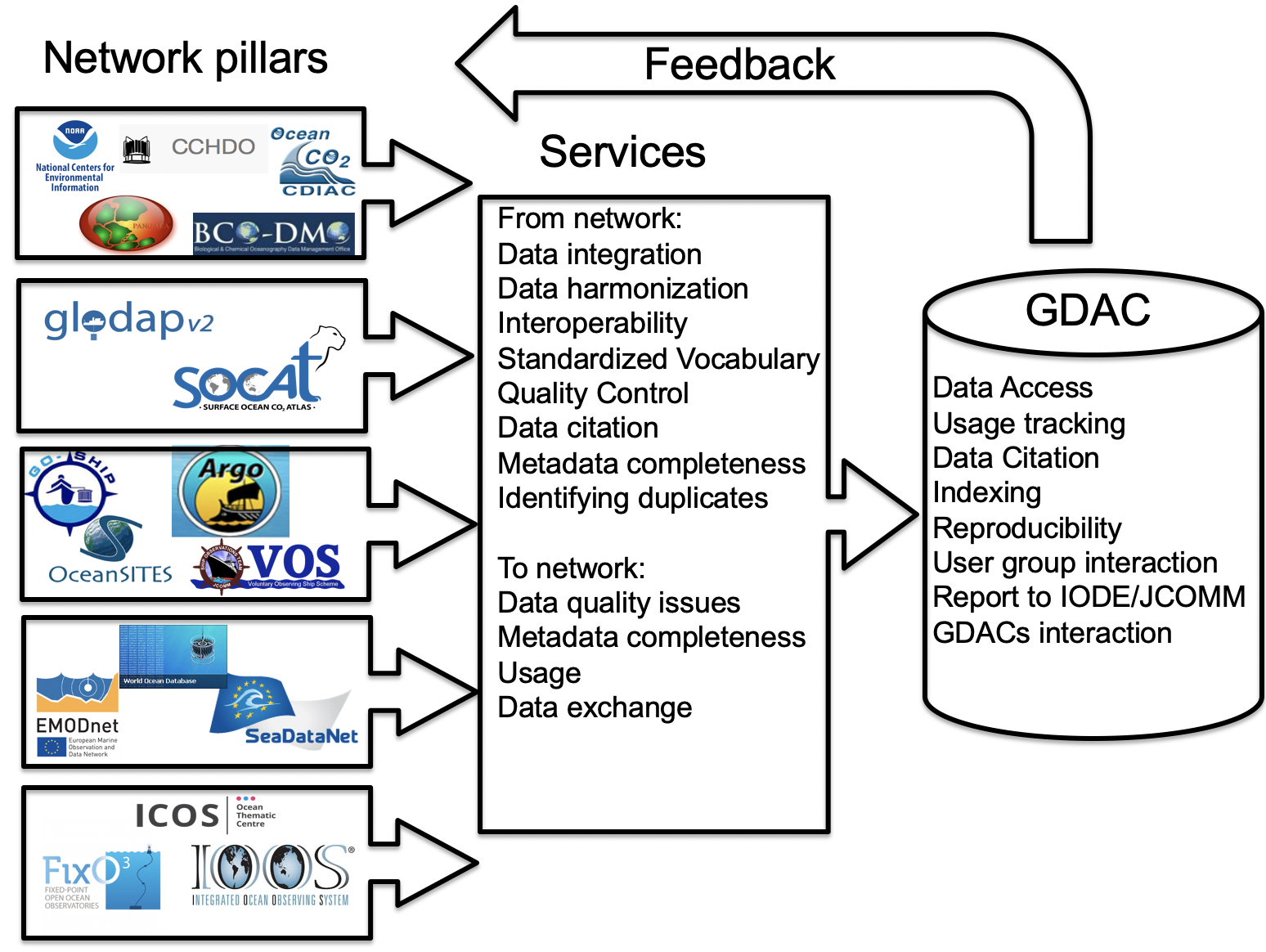
Ocean Acidification
Thursday, 07 February 2013
|
In order to document the status and progress of ocean acidification in open-ocean and coastal environments, a coordinated multidisciplinary approach of chemical and biological observations is required. The IOCCP collaborates with the Global Ocean Acidification Observing Network (GOA-ON) and other institutional and programmatic partners worldwide to enhance capability to observe and predict present-day and future responses of marine biota, ecosystem processes, biogeochemistry, and climate change feedbacks.
Sustainable Development Goal 14.3 specifically addresses ocean acidification, and provides guidance and resources to assist countries to meet their commitments to report against the indicator “ Average marine acidity (pH) measured at agreed suite of representative sampling stations.”
|
Responsible SSG Member
GOA-ON Data Portal Explorer: http://portal.goa-on.org/Explorer
SDG Data Portal:
Information Exchange:
INORGANIC CARBON EOV
|
||||||||
The IOCCP promotes the development of a global network of ocean carbon observations for research through technical coordination and communication services, international agreements on standards and methods, and advocacy and links to the global observing systems. The IOCCP is co-sponsored by the Scientific Committee on Oceanic Research and the Intergovernmental Oceanographic Commission of UNESCO. Read more…
Calendar
|
|
IOCCP meetings, IOCCP-related meetings as well as events related to a wider scope in marine biogeochemistry. |



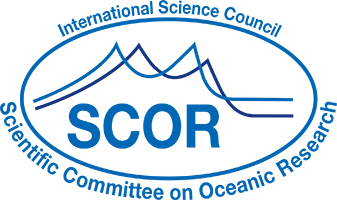

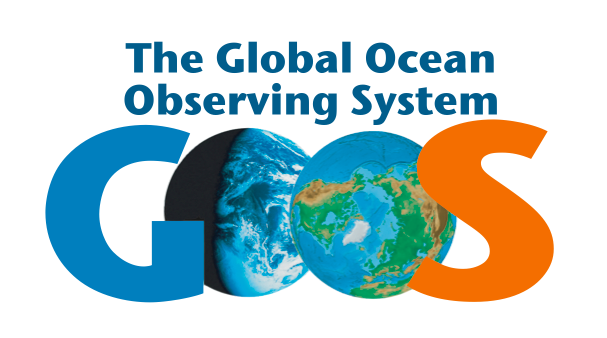

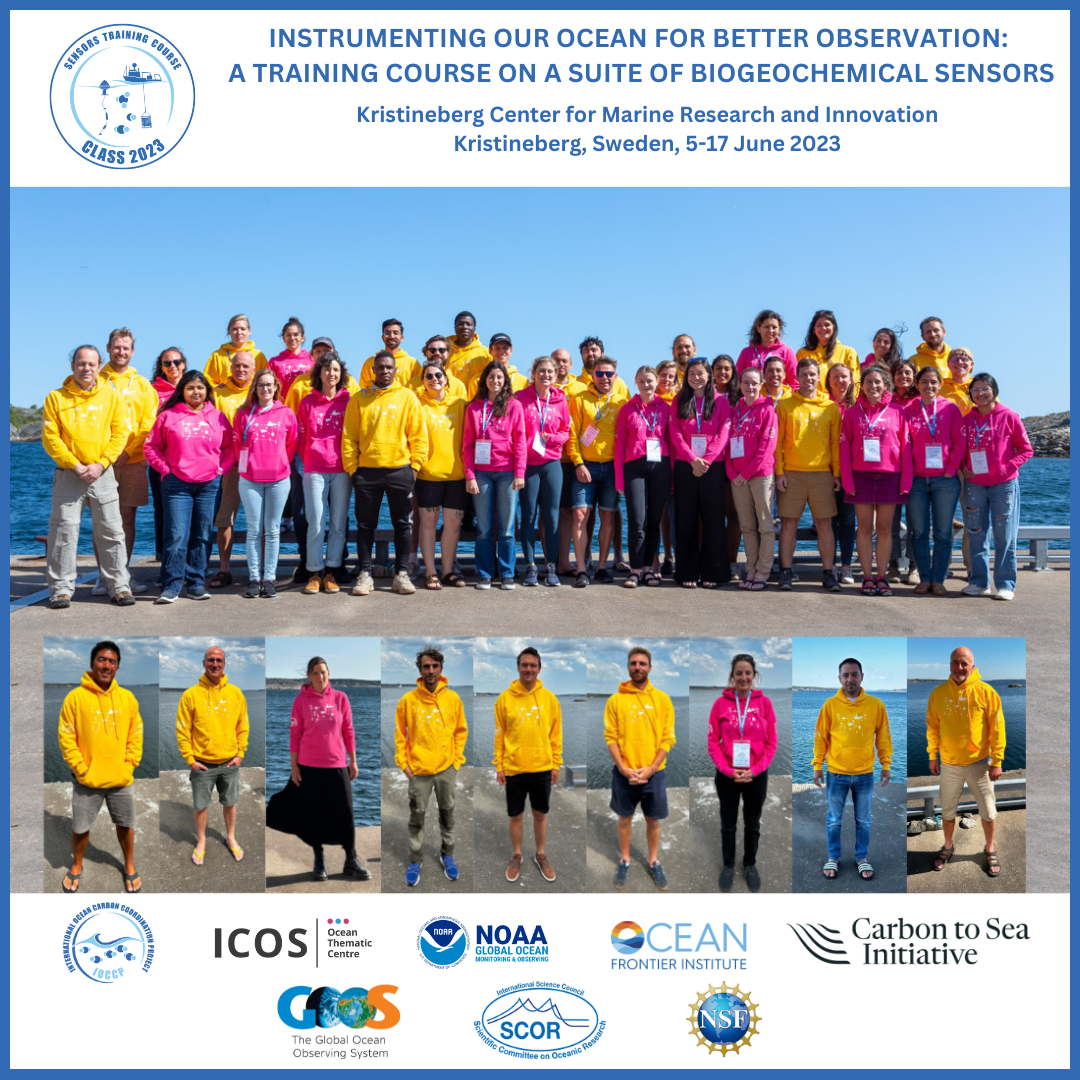
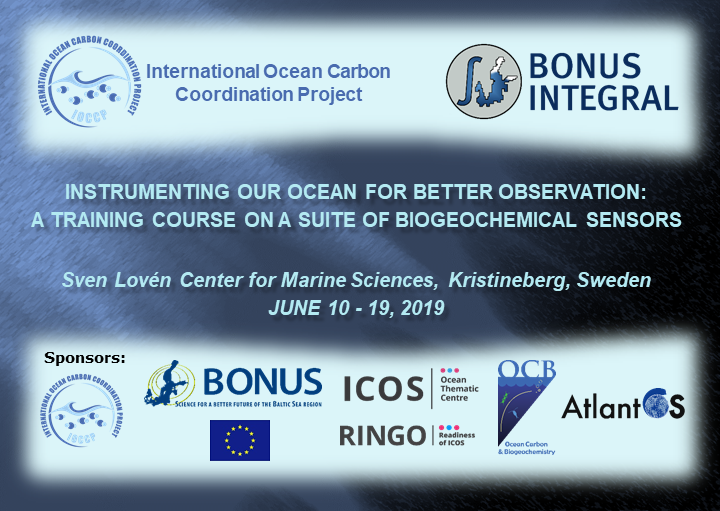
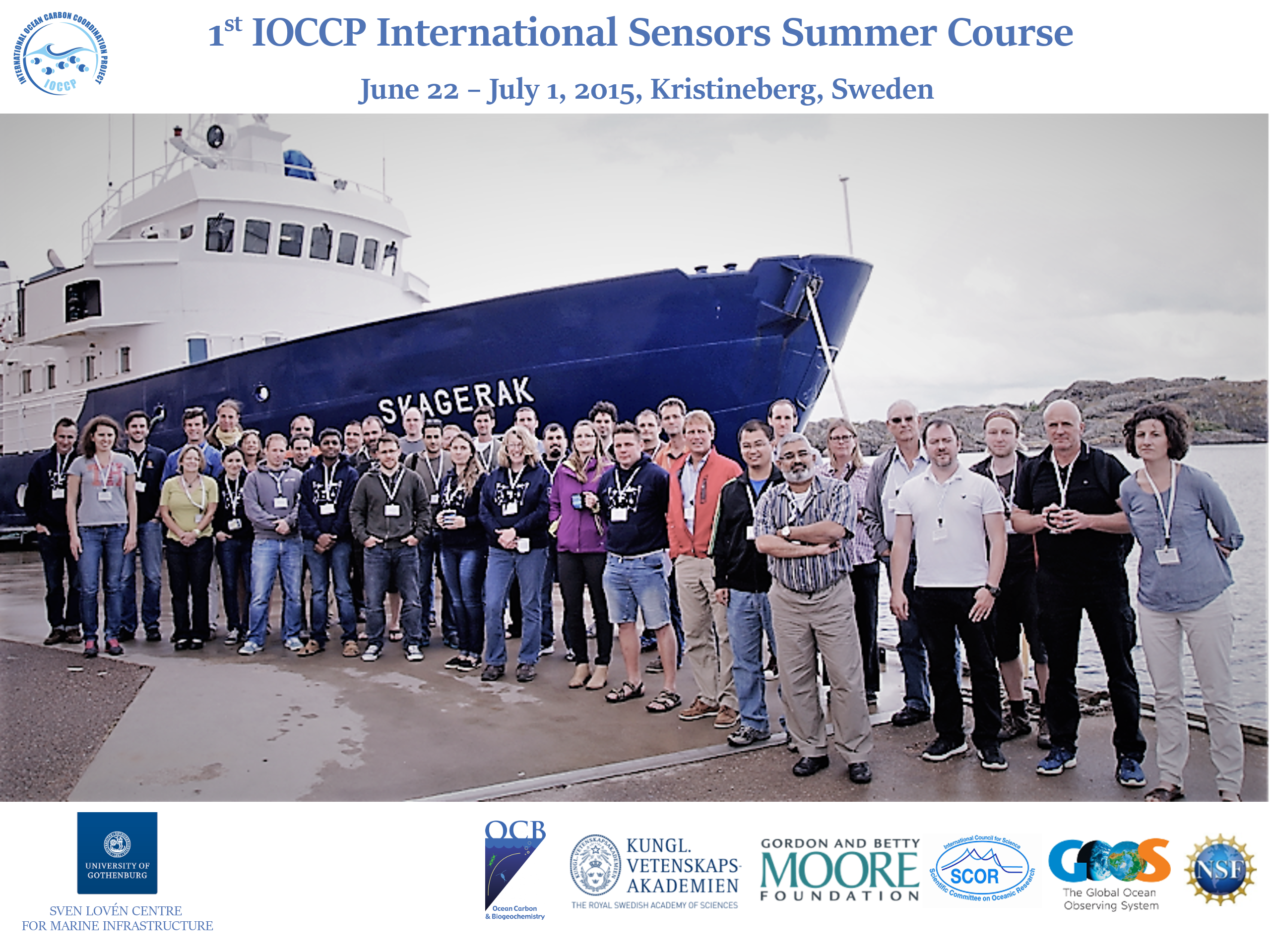


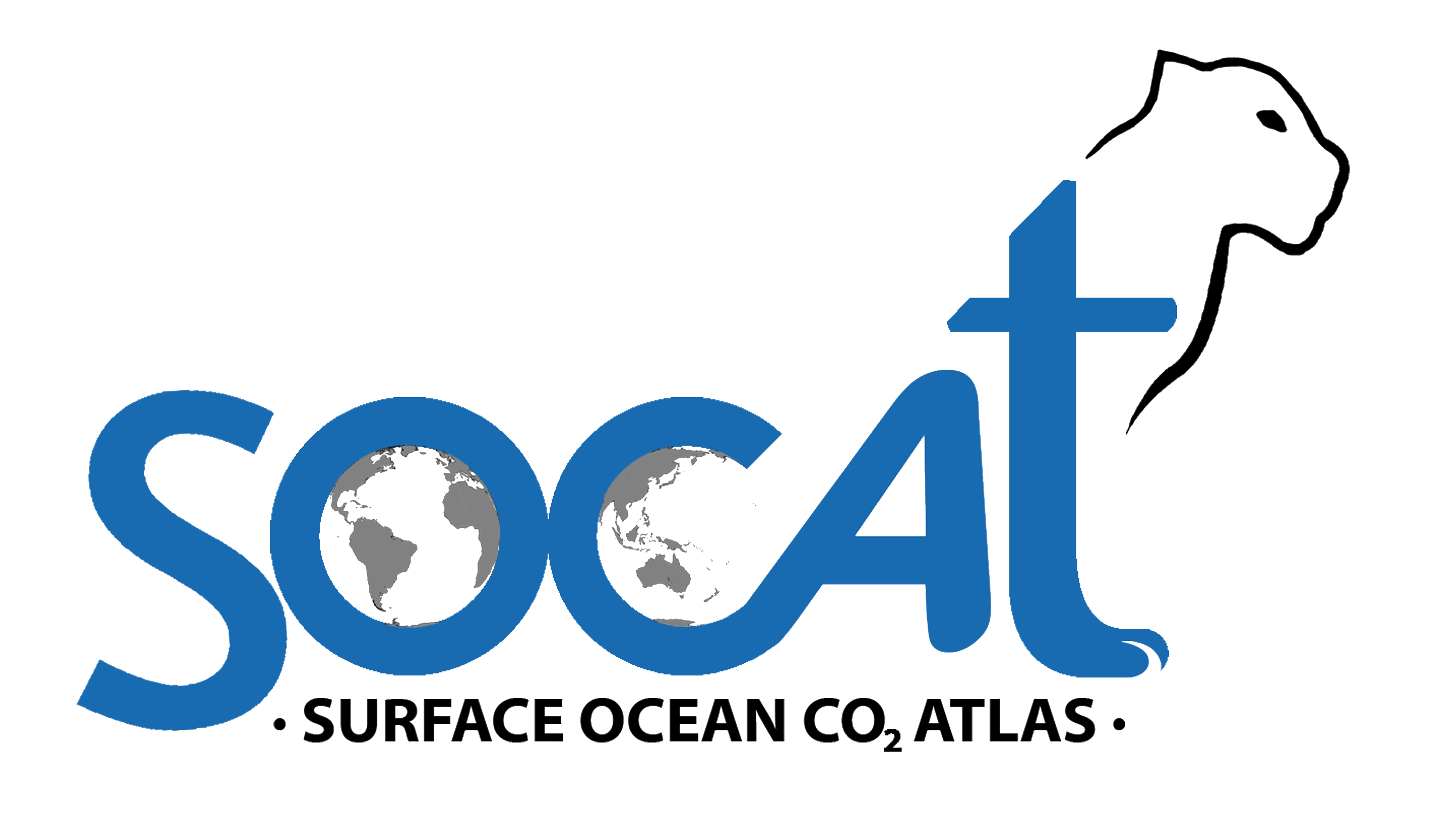
 .info
.info
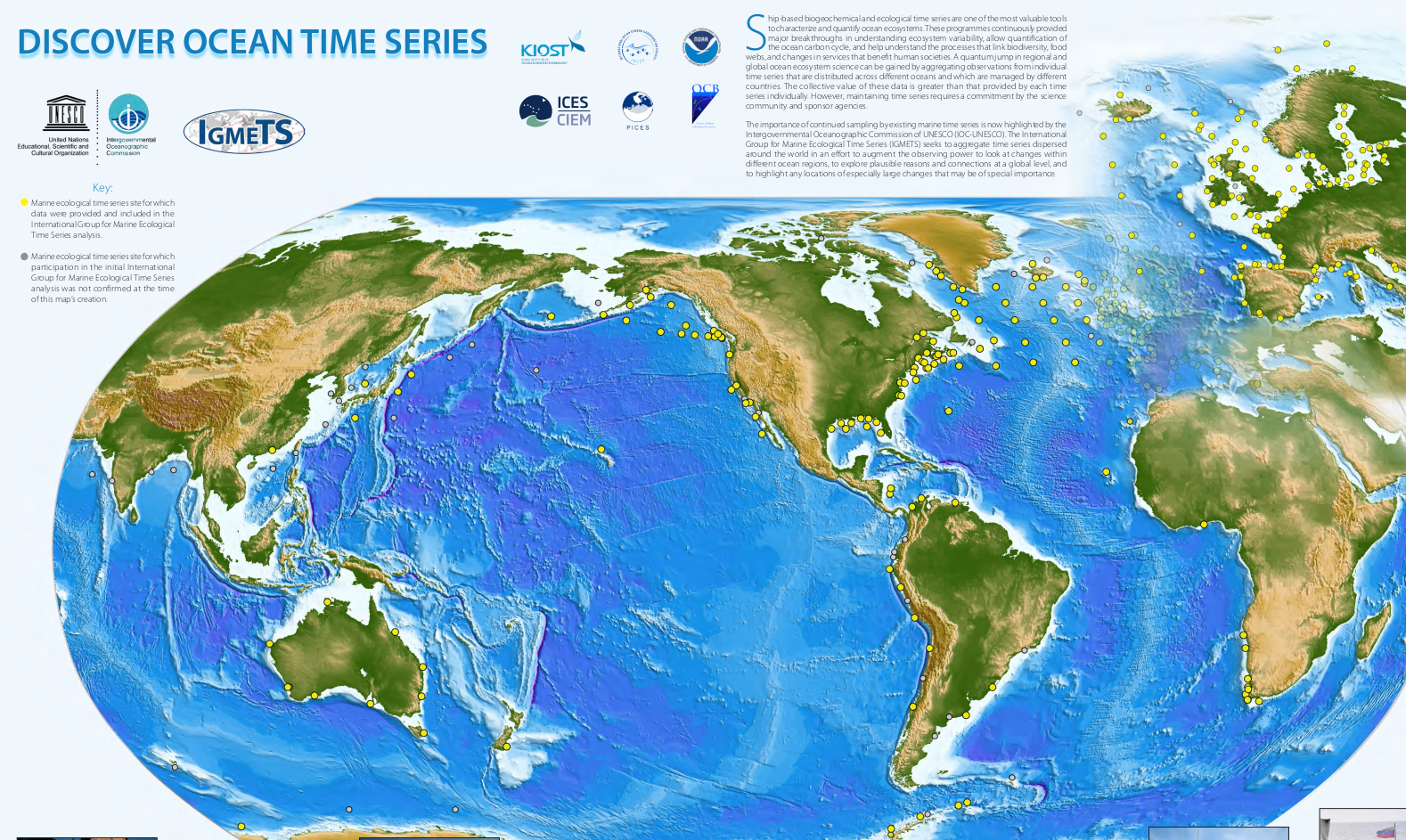

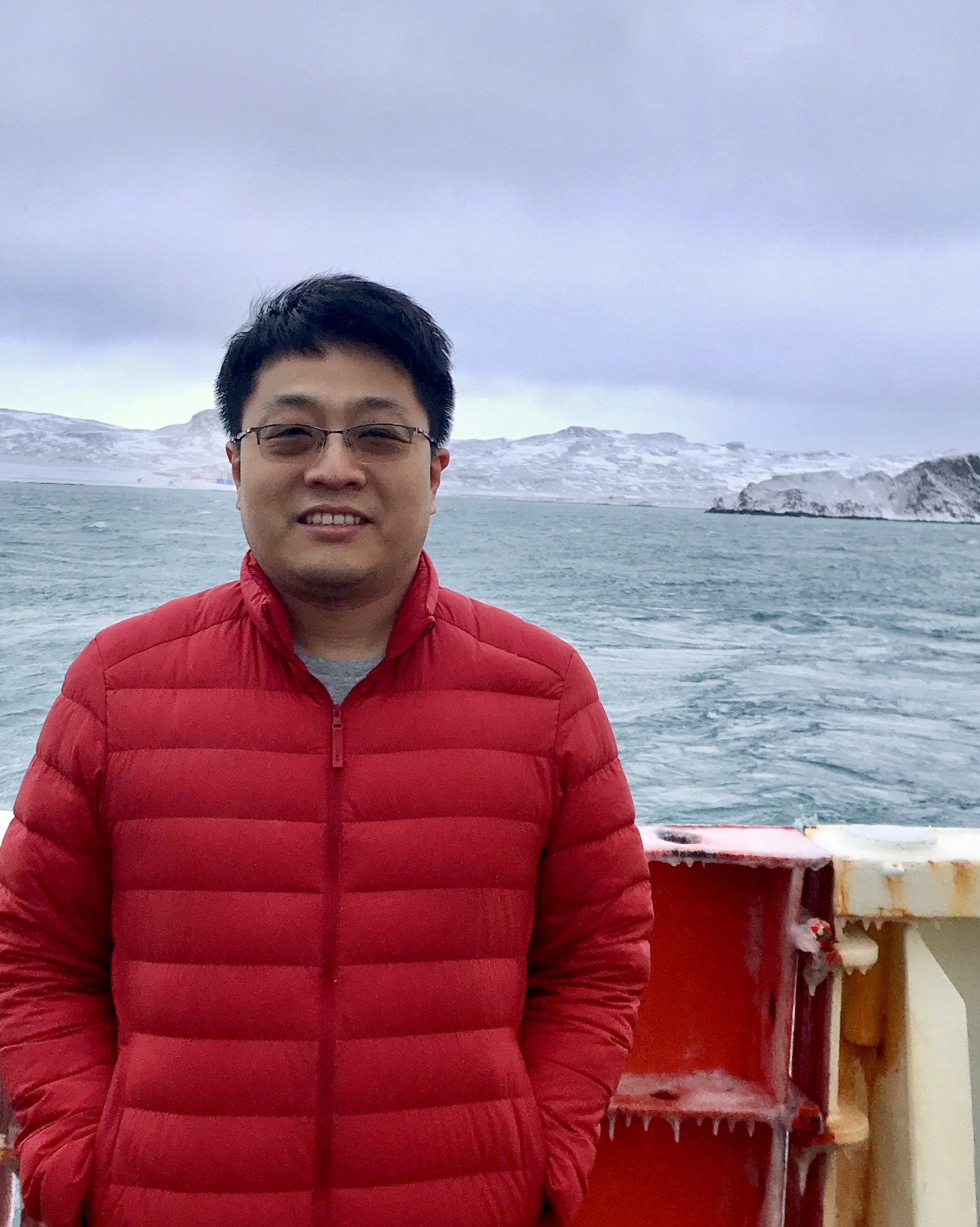
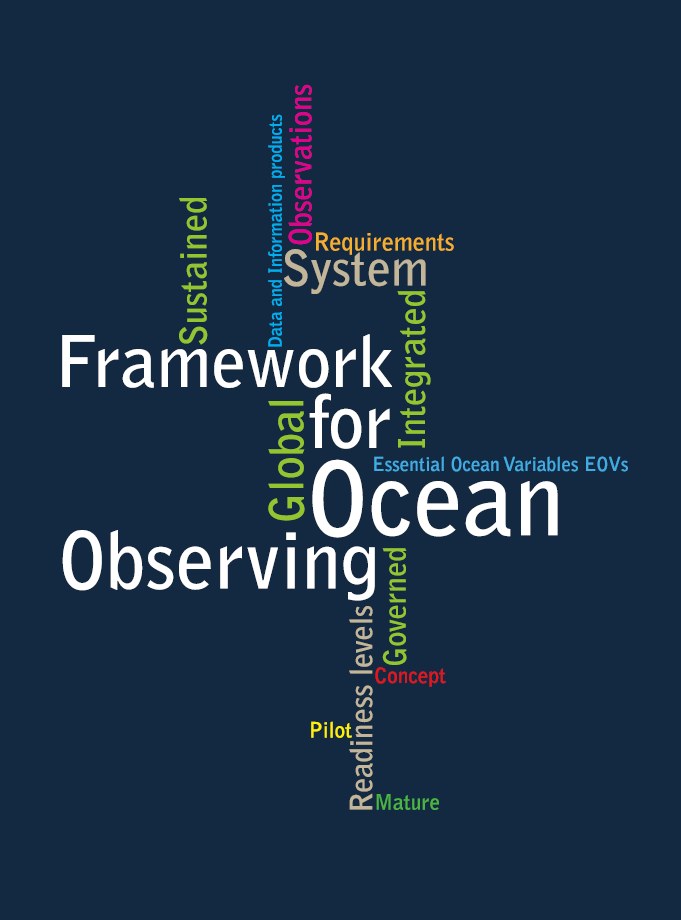 One of the initial tasks set by the FOO was for the three Ocean Observing System Panels (Physics & Climate, Biology & Ecosystems and Biogeochemistry), interacting through virtual and in-person meetings and workshops, to propose and advocate for a set of Essential Ocean Variables (EOVs) as fundamental measurements needed to address the current scientific and societal ocean-related issues. This list would enable funding of the interdisciplinary, integrated global ocean observing network (the improved, multidisciplinary GOOS). Each panel is tasked to consult the community and create a consortium of relevant and interested experts and/or organizations, helping to justify and negotiate the inclusion of certain parameters in the final list of EOVs.
One of the initial tasks set by the FOO was for the three Ocean Observing System Panels (Physics & Climate, Biology & Ecosystems and Biogeochemistry), interacting through virtual and in-person meetings and workshops, to propose and advocate for a set of Essential Ocean Variables (EOVs) as fundamental measurements needed to address the current scientific and societal ocean-related issues. This list would enable funding of the interdisciplinary, integrated global ocean observing network (the improved, multidisciplinary GOOS). Each panel is tasked to consult the community and create a consortium of relevant and interested experts and/or organizations, helping to justify and negotiate the inclusion of certain parameters in the final list of EOVs.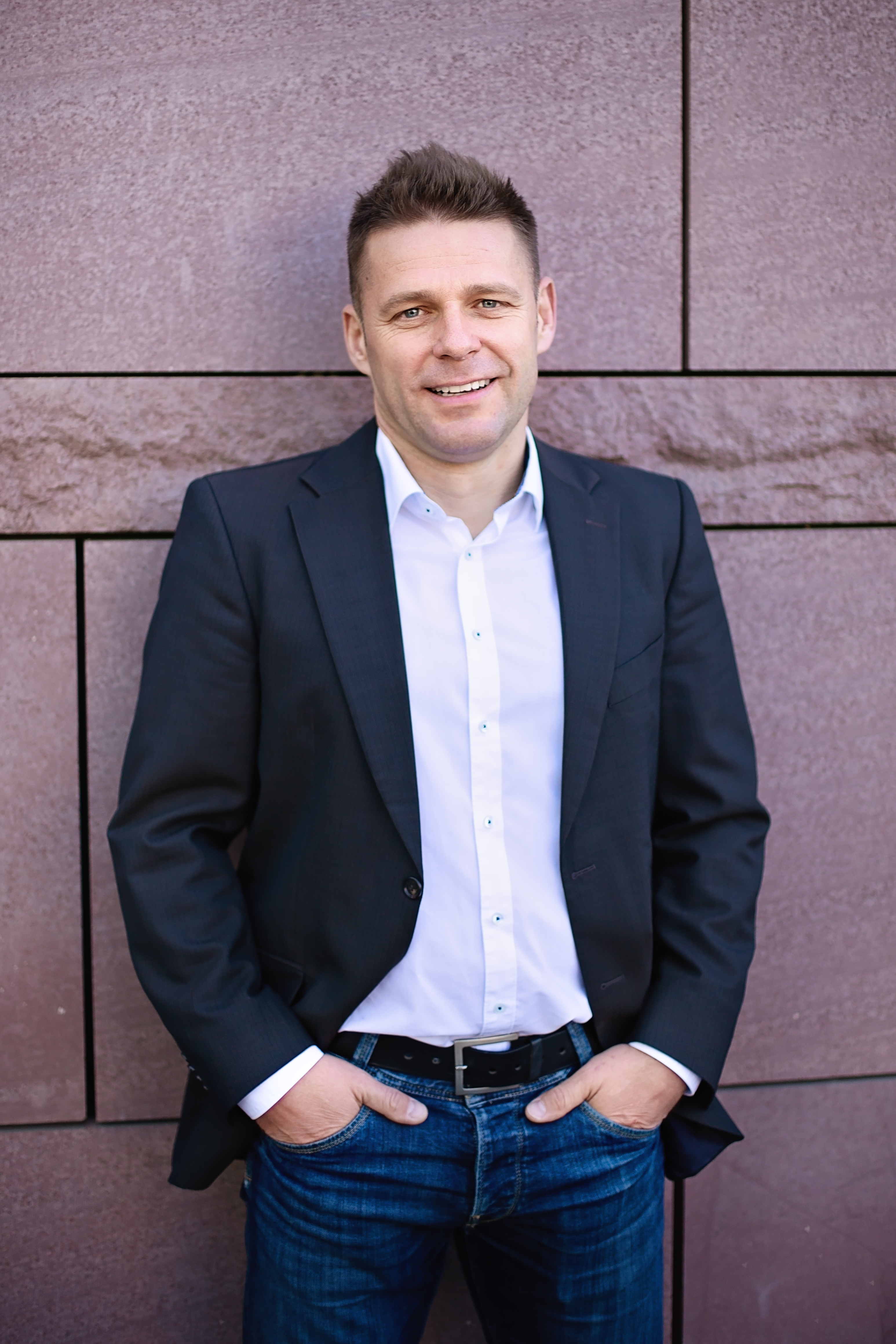
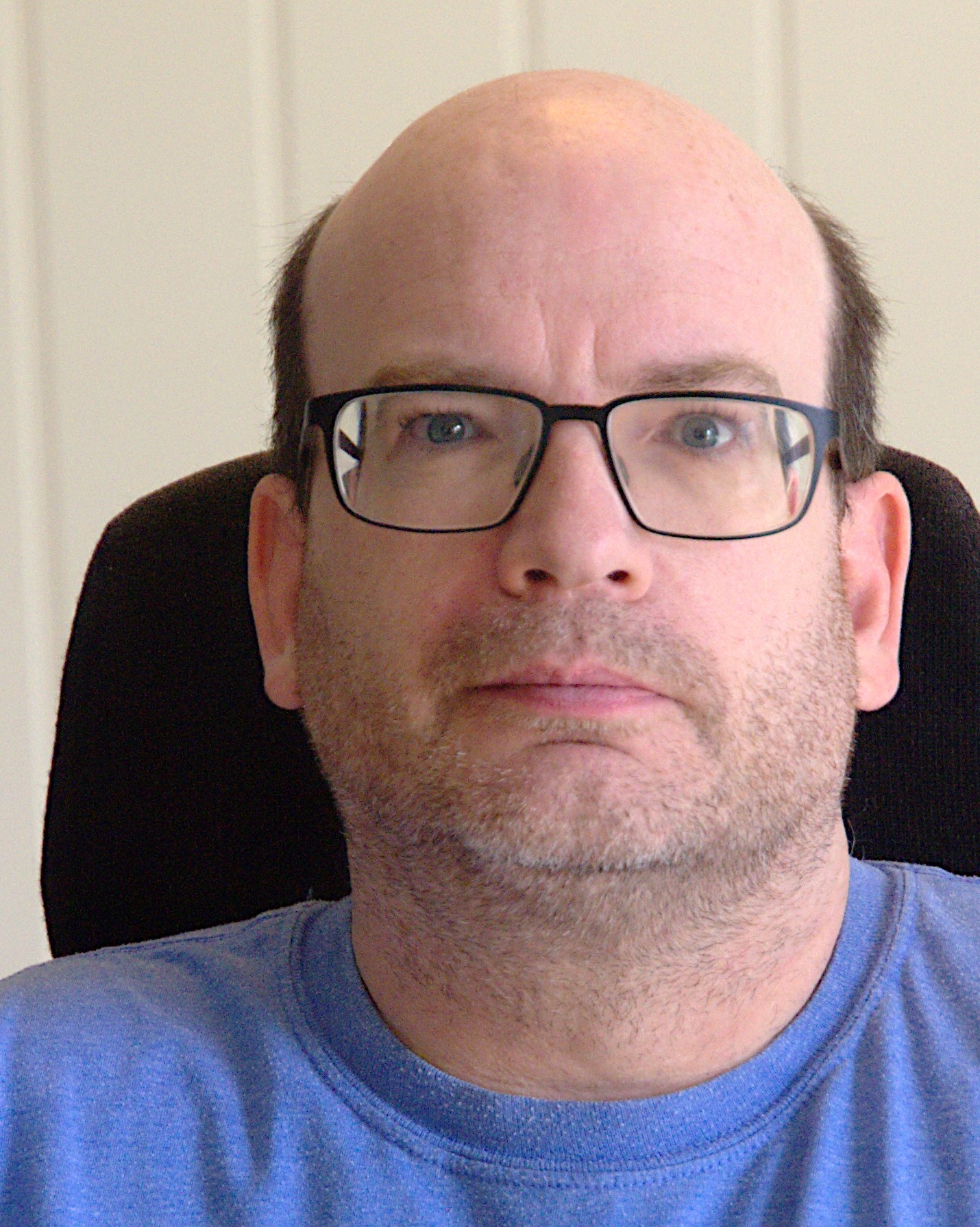
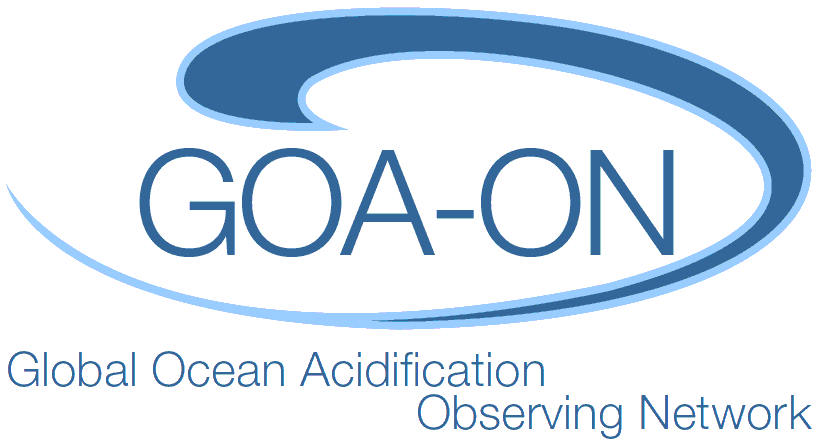

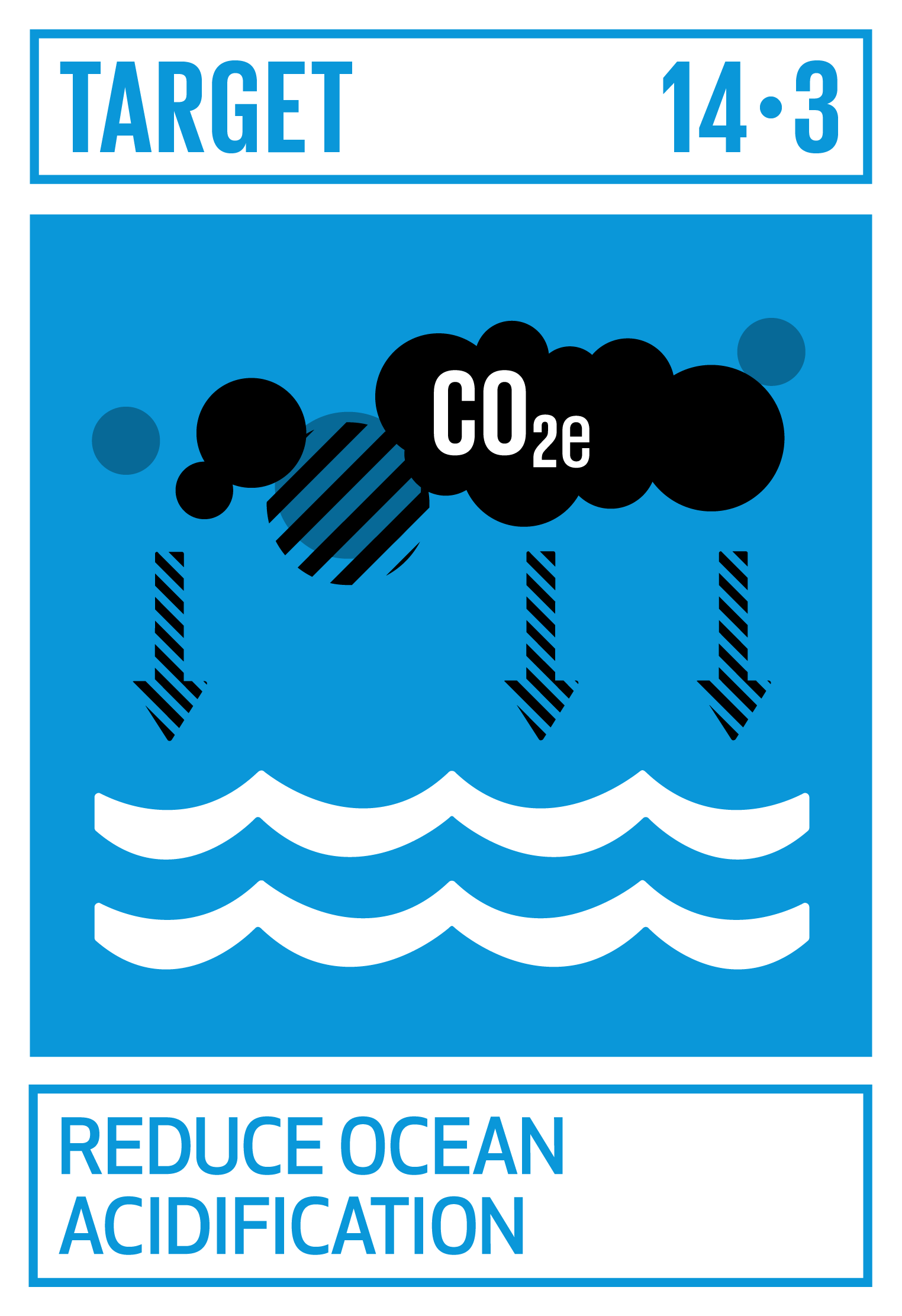
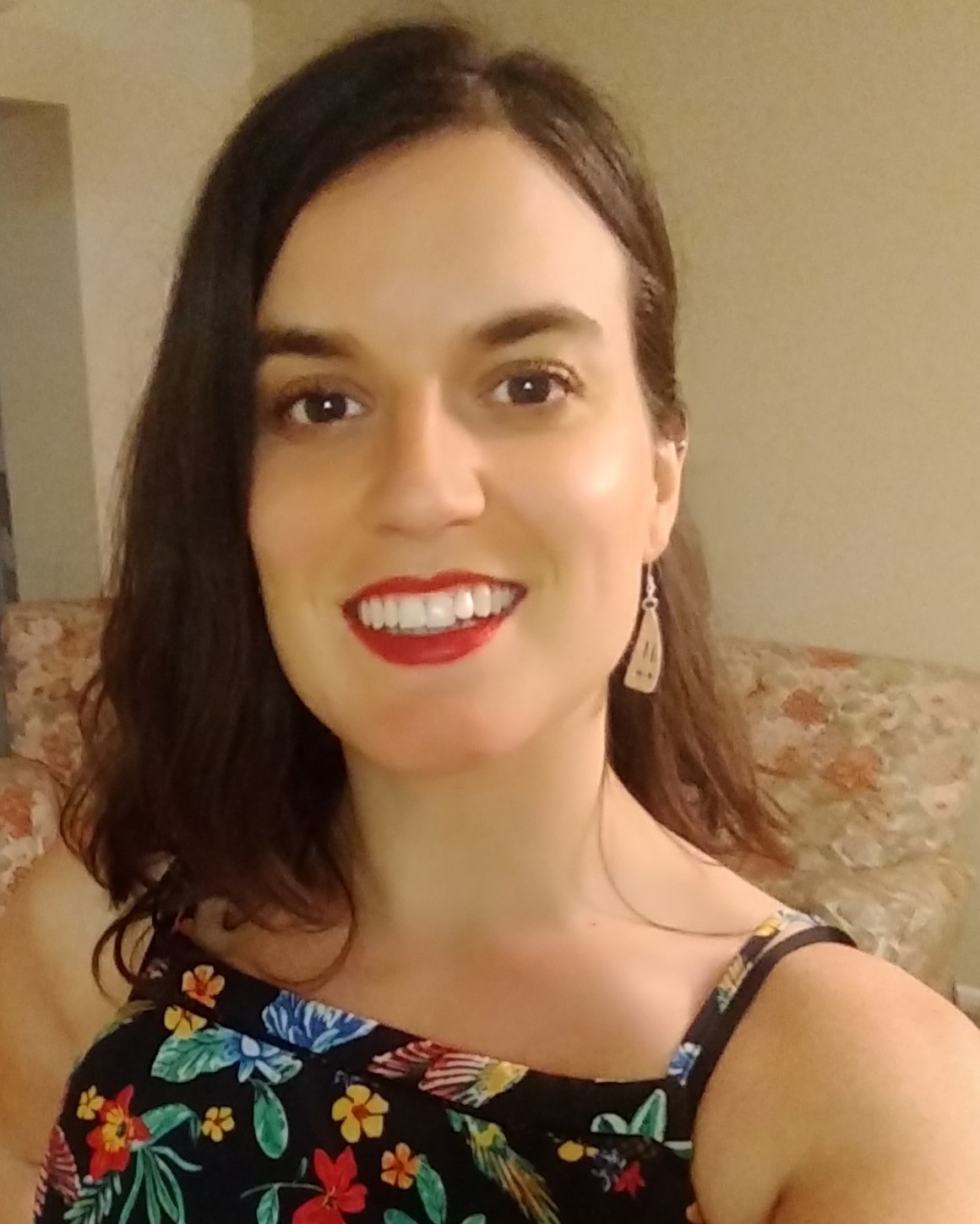
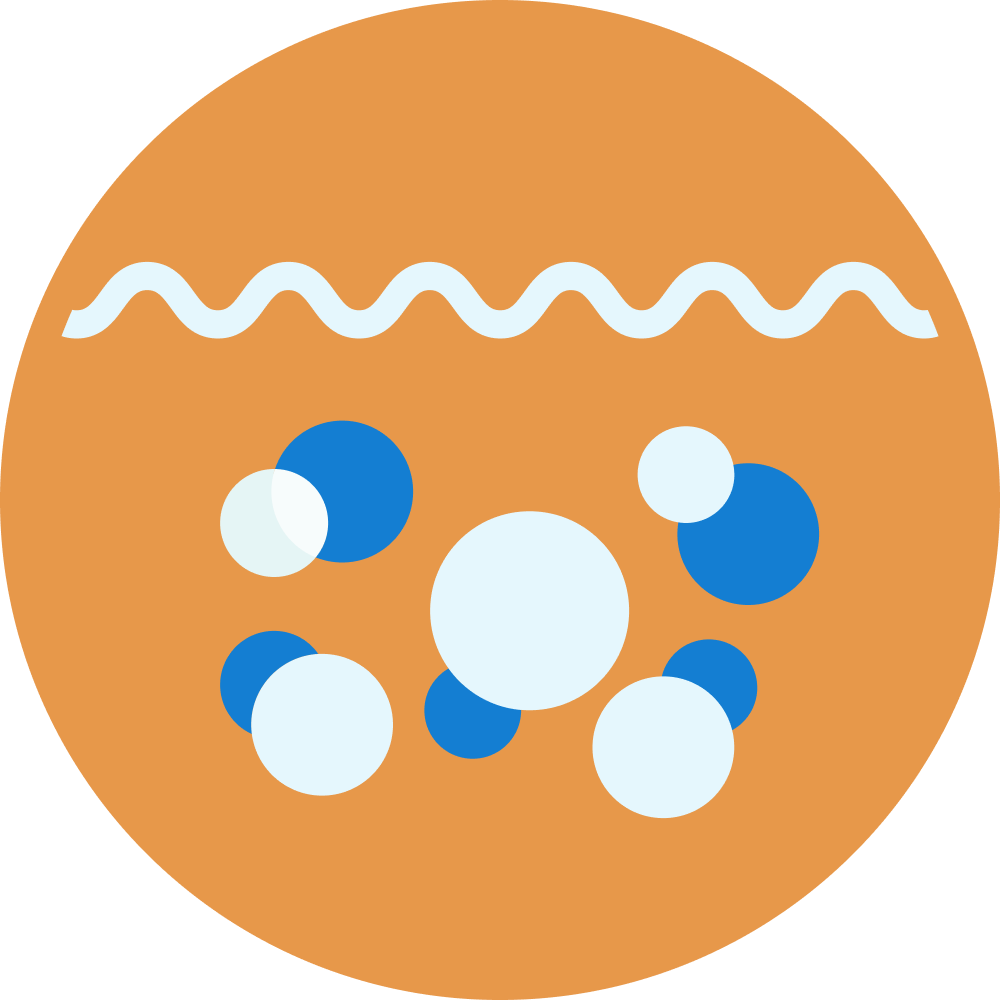
 Please wait...
Please wait...